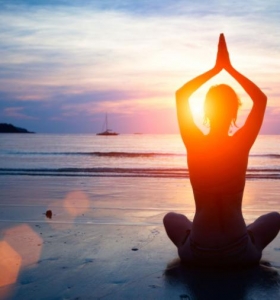El yoga, qué es, su origen y los beneficios que podemos sacar de él a nivel físico y mental
El yoga, qué es, su origen y los beneficios que podemos obtener de él a nivel físico y mental
El yoga es una disciplina milenaria originaria de la India que ha ganado popularidad en todo el mundo debido a sus múltiples beneficios a nivel físico y mental. Esta práctica milenaria combina posturas físicas, técnicas de respiración y meditación para promover la armonía entre el cuerpo y la mente, llevando a una mayor conciencia y equilibrio interior.
El origen del yoga se remonta a más de 5,000 años atrás en la antigua India. El término “yoga” proviene de la palabra sánscrita “yuj”, que significa unión. Los primeros registros escritos sobre el yoga se encuentran en los textos sagrados de la India, conocidos como los Vedas. Sin embargo, fue en los Yoga Sutras de Patanjali, escritos alrededor del siglo II a.C., donde se presentaron las bases filosóficas y prácticas del yoga.
El yoga tiene como objetivo principal unificar el cuerpo, la mente y el espíritu, permitiendo la autorrealización y la liberación de los obstáculos que limitan nuestro potencial humano. A través de la práctica regular del yoga, se busca equilibrar y purificar el cuerpo físico, fortalecer los músculos, mejorar la flexibilidad y la postura, así como aliviar el estrés y la ansiedad. Además, el yoga también fomenta la concentración, la atención plena y la tranquilidad mental, proporcionando un refugio de paz en medio del ajetreo diario.
A nivel físico, los beneficios del yoga son numerosos. Las posturas o asanas fortalecen los músculos y los huesos, mejoran la flexibilidad y la resistencia física. Además, el yoga también favorece la circulación sanguínea, estimula los órganos internos y mejora el sistema inmunológico. Asimismo, la práctica regular del yoga puede ayudar a reducir el dolor de espalda, controlar el peso, mejorar la salud cardiovascular y respiratoria, y regular el sistema hormonal.
En cuanto a los beneficios mentales, el yoga es una excelente herramienta para calmar la mente y reducir el estrés. A través de la respiración consciente y la meditación, se promueve la relajación y la tranquilidad mental, lo que puede ser de gran ayuda para aquellos que sufren de ansiedad, depresión o insomnio. Además, el yoga también mejora la concentración, la memoria y la claridad mental, lo que puede tener un impacto positivo en todas las áreas de nuestra vida.
En resumen, el yoga es una práctica que ha resistido el paso del tiempo debido a los numerosos beneficios que ofrece tanto a nivel físico como mental. Su origen en la antigua India y su filosofía de unión entre el cuerpo y la mente lo convierten en una herramienta poderosa para encontrar equilibrio y bienestar en nuestra vida diaria. Por tanto, si estás buscando mejorar tu salud física y mental, el yoga puede ser una excelente opción para ti. ¡Atrévete a explorar esta antigua disciplina y descubre todo lo que puede hacer por ti! En conclusión, el yoga es una disciplina milenaria originaria de la India que combina posturas físicas, técnicas de respiración y meditación para promover la armonía entre el cuerpo y la mente. Su objetivo principal es unificar el cuerpo, la mente y el espíritu, permitiendo la autorrealización y la liberación de los obstáculos que limitan nuestro potencial humano. A nivel físico, el yoga fortalece los músculos, mejora la flexibilidad y la postura, estimula la circulación sanguínea y mejora la salud cardiovascular y respiratoria. A nivel mental, el yoga calma la mente, reduce el estrés y la ansiedad, mejora la concentración y la claridad mental, y promueve la tranquilidad y la relajación. Si estás buscando mejorar tu salud física y mental, el yoga puede ser una excelente opción para ti. Además, el yoga también puede servir como una forma de ejercicio suave para personas de todas las edades y niveles de condición física. No requiere equipos especiales y se puede practicar en cualquier momento y lugar.
En resumen, los beneficios del yoga van más allá de los aspectos físicos y se extienden al bienestar mental y emocional. Es una práctica completa que puede ayudarnos a encontrar equilibrio en todas las áreas de nuestra vida. Si estás interesado en probar el yoga, te recomiendo buscar un instructor certificado o unirse a un estudio de yoga para recibir una guía adecuada y aprovechar al máximo esta práctica. Recuerda que cada uno puede tener diferentes experiencias y beneficios del yoga, así que tómate el tiempo para explorar y encontrar el estilo y enfoque que funcionen mejor para ti. En conclusión, el yoga es una antigua disciplina que combina posturas físicas, técnicas de respiración y meditación para promover la armonía entre el cuerpo y la mente. Su origen se remonta a la antigua India y se basa en la filosofía de unión entre el cuerpo, la mente y el espíritu. Los beneficios del yoga son numerosos, tanto a nivel físico como mental. A nivel físico, el yoga fortalece los músculos, mejora la flexibilidad, estimula la circulación sanguínea, mejora la salud cardiovascular y respiratoria, y ayuda a controlar el peso. A nivel mental, el yoga calma la mente, reduce el estrés y la ansiedad, mejora la concentración y la claridad mental, y promueve la tranquilidad y la relajación. Además, el yoga también puede servir como una forma de ejercicio suave para personas de todas las edades y niveles de condición física. Si estás interesado en probar el yoga, te recomiendo buscar un instructor certificado o unirse a un estudio de yoga para recibir una guía adecuada y aprovechar al máximo esta práctica. Recuerda que cada individuo puede experimentar diferentes beneficios del yoga, por lo que es importante explorar y encontrar el estilo y enfoque que funcionen mejor para ti. En resumen, el yoga es una disciplina milenaria originaria de la India que combina posturas físicas, técnicas de respiración y meditación para promover la armonía entre el cuerpo y la mente. Su origen se remonta a más de 5,000 años atrás en la antigua India y se basa en la filosofía de unión entre el cuerpo, la mente y el espíritu. Los beneficios del yoga son numerosos, tanto a nivel físico como mental. A nivel físico, el yoga fortalece los músculos, mejora la flexibilidad, estimula la circulación sanguínea, mejora la salud cardiovascular y respiratoria, y ayuda a controlar el peso. A nivel mental, el yoga calma la mente, reduce el estrés y la ansiedad, mejora la concentración y la claridad mental, y promueve la tranquilidad y la relajación. Además, el yoga también puede servir como una forma de ejercicio suave para personas de todas las edades y niveles de condición física. Si estás interesado en probar el yoga, te recomiendo buscar un instructor certificado o unirse a un estudio de yoga para recibir una guía adecuada y aprovechar al máximo esta práctica. Recuerda que cada individuo puede experimentar diferentes beneficios del yoga, por lo que es importante explorar y encontrar el estilo y enfoque que funcionen mejor para ti. En conclusión, el yoga es una disciplina milenaria originaria de la India que combina posturas físicas, técnicas de respiración y meditación para promover la armonía entre el cuerpo y la mente. Su origen se remonta a más de 5,000 años atrás en la antigua India y se basa en la filosofía de unión entre el cuerpo, la mente y el espíritu. Los beneficios del yoga son numerosos, tanto a nivel físico como mental. A nivel físico, el yoga fortalece los músculos, mejora la flexibilidad, estimula la circulación sanguínea, mejora la salud cardiovascular y respiratoria, y ayuda a controlar el peso. A nivel mental, el yoga calma la mente, reduce el estrés y la ansiedad, mejora la concentración y la claridad mental, y promueve la tranquilidad y la relajación. Además, el yoga también puede servir como una forma de ejercicio suave para personas de todas las edades y niveles de condición física. Si estás interesado en probar el yoga, te recomiendo buscar un instructor certificado o unirse a un estudio de yoga para recibir una guía adecuada y aprovechar al máximo esta práctica. Recuerda que cada individuo puede experimentar diferentes beneficios del yoga, por lo que es importante explorar y encontrar el estilo y enfoque que funcionen mejor para ti.

Welcome to today’s article where we’ll dive into the fascinating world of yoga. We’ll explore its origins, its history, and the incredible benefits it offers for both our physical and mental well-being. The reason we’re delving into the topic of yoga is to understand its cultural significance and its impact on the world. It’s important to familiarize ourselves with its principles and foundations before we begin practicing, so we know what to expect and how to achieve our desired results.
Yoga: What is it, its Origins, and its History
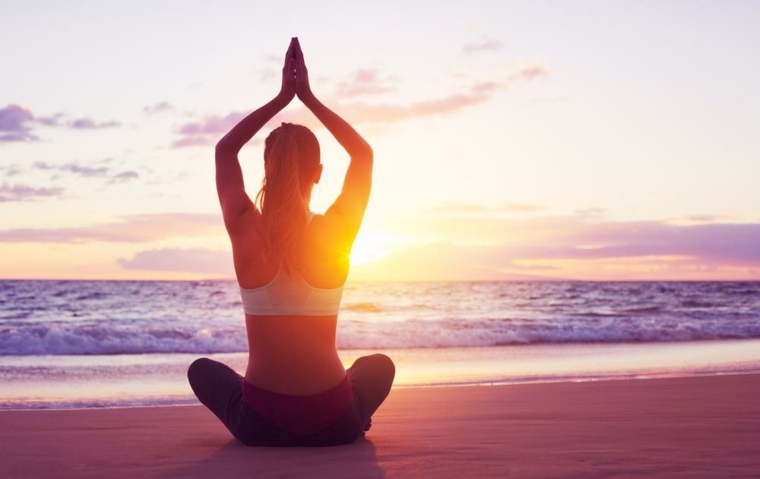
When asked what yoga is, the answer can be quite abstract, as specialists and researchers have embarked on various expeditions to gather information. Nowadays, yoga is often seen as a sport that enhances muscle and tendon flexibility through different exercises and postures. Additionally, it allows us to develop meditation skills, promoting mental and emotional well-being.
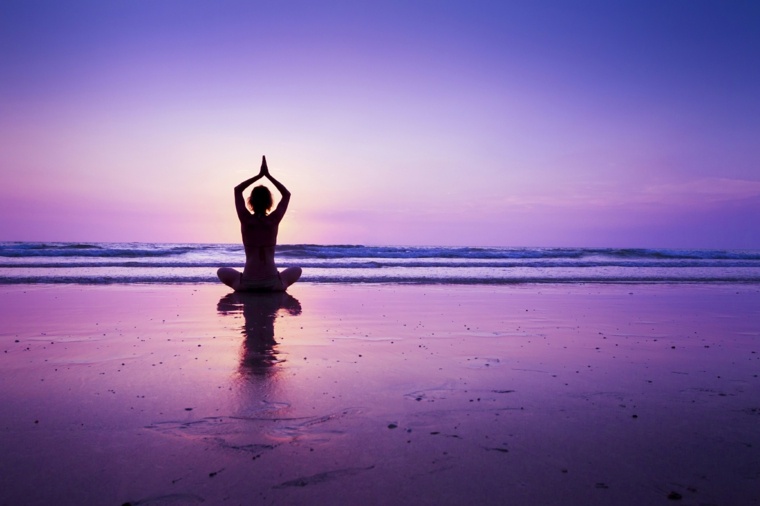
Looking back into the past, we travel all the way to the Stone Age, specifically around 25000 B.C. Many anthropologists claim the existence of shamanic techniques that resemble and even equate to yoga practices. For example, the basic sitting position known as Lotus corresponds to the images of shamans during their rituals.

The second similarity between yoga and shamanic practices lies in the yogis’ techniques to achieve the so-called siddhi. This Sanskrit term translates to success, perfection, and achievement. It also refers to time travel and transformation into an invisible subject. These techniques were also known to shamans, indicating a transition from shamanism to yoga.
The Vedic Period in Yoga

Within the periods established by specialists in yoga, we can identify a Vedic era that spans the centuries after 2000 B.C. This is when we find early psychological and spiritual aspects of yoga. These characteristics can also be found in modern yoga practices, such as concentration, self-observation, and breath control.
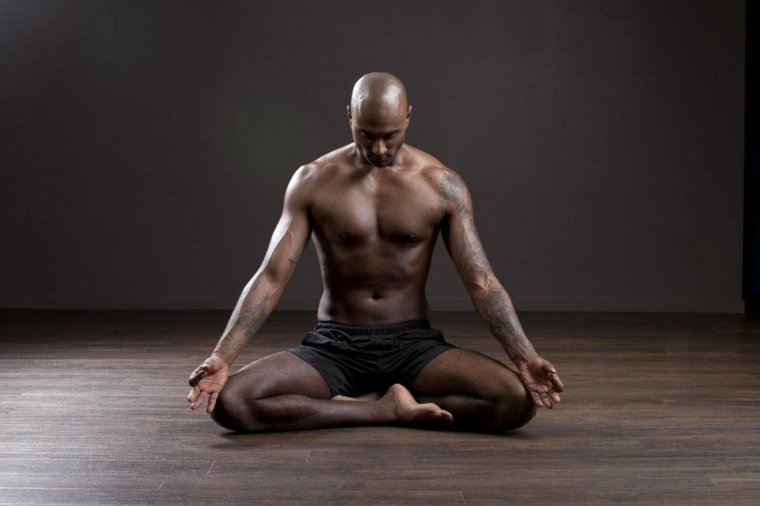
Furthermore, this period marks a shift in the process and techniques of yogis or vedas. The rituals transitioned from external practices to internal or mental development. Over time, this culture underwent modifications that gradually shaped it into what we know today.

In the next section, we’ll explore more about contemporary yoga, focusing on its types, foundations, benefits, and who can benefit from this practice. Keep reading to discover more about this mystical and well-known Eastern culture that has captivated the Western world.
The Fundamentals of Yoga and its Types
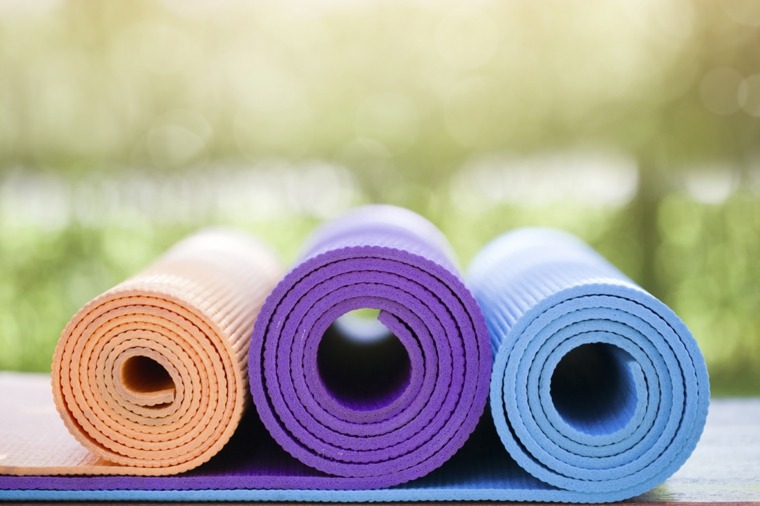
After examining the history and origins of yoga, let’s now shift our focus to its present-day perspective. Today, yoga is understood as a method through which we can achieve the union of the mind, body, and soul. It offers a wide range of physical and mental benefits, making it a popular practice worldwide.
Discover the Cosmic Connection through Yoga
Have you ever felt a deep connection with the cosmos? Well, studies have shown that our being is already united with the universe, and that is why the ultimate goal of yoga is to make us aware of this union.

To achieve this, yoga relies on a series of techniques, asanas, and postures. These techniques must be combined with proper breathing in order to reach the appropriate state of meditation. Every yoga practitioner has their own reasons for starting their practice, but one thing is certain – they can all benefit from it.
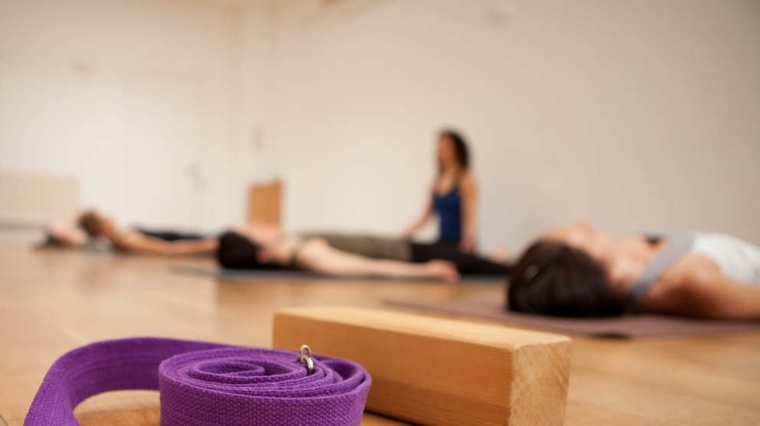
If you haven’t started practicing yoga yet, or even if you already do, it’s important to know the different types that exist. Each type offers a different path to reach the state of meditation and the benefits we seek. The main types are: Karma Yoga, which is synonymous with action; Bhakti Yoga, which is love; Gñana Yoga, which is knowledge; Raja Yoga, which is the mind; and Hatha Yoga, which is strength.
Exploring Yoga and its Types

In the Western world, the most practiced and common type of yoga is Hatha Yoga, which is synonymous with strength. However, as I mentioned before, these types are actually different paths that lead us to the same goal. This means that each type is more suitable for certain individuals than others.

Karma Yoga, which is action, is particularly suitable for dynamic and active individuals who have a need for self-expression. It involves a more dynamic meditation that helps them reach their goal. On the other hand, Bhakti Yoga, which is love, is ideal for emotional individuals. Through this type of yoga, they can more easily achieve self-realization.

Gñana Yoga, which is related to knowledge, is designed for intellectual individuals who seek answers to their existential questions outside of themselves. Similarly, Raja Yoga, which is the mind, helps in the study and exploration of the deepest corners of our minds. Therefore, if you choose this path, the first steps you need to take are related to opening your consciousness.
Hatha Yoga and its Healthy Benefits
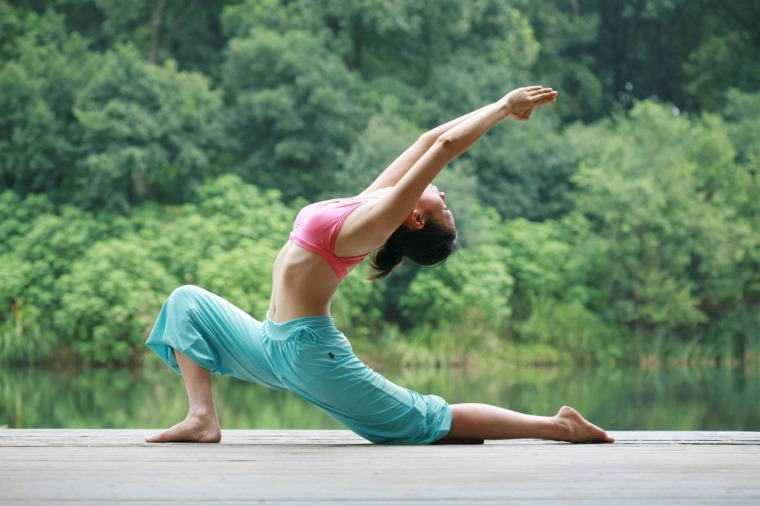
Now, let’s talk about the most practiced type of yoga in the Western world. Hatha Yoga focuses on the physical aspect, using various postures or asanas, gestures, and breathing techniques. It concentrates on the physical side because it aims to achieve complete consciousness by purifying our bodies.
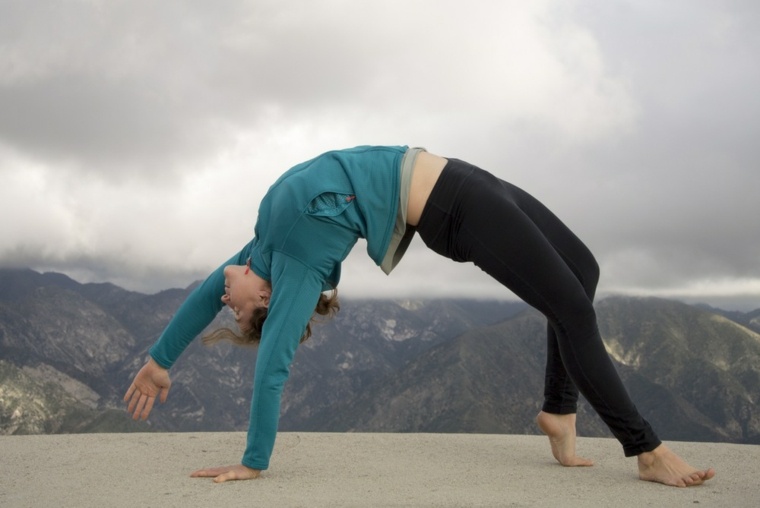
You may be wondering why people are so drawn to this discipline. Firstly, as I mentioned earlier, it focuses on personal and spiritual growth and can be practiced as a stepping stone to meditation. Secondly, yoga helps us maintain a healthy body, promoting flexibility and strength.
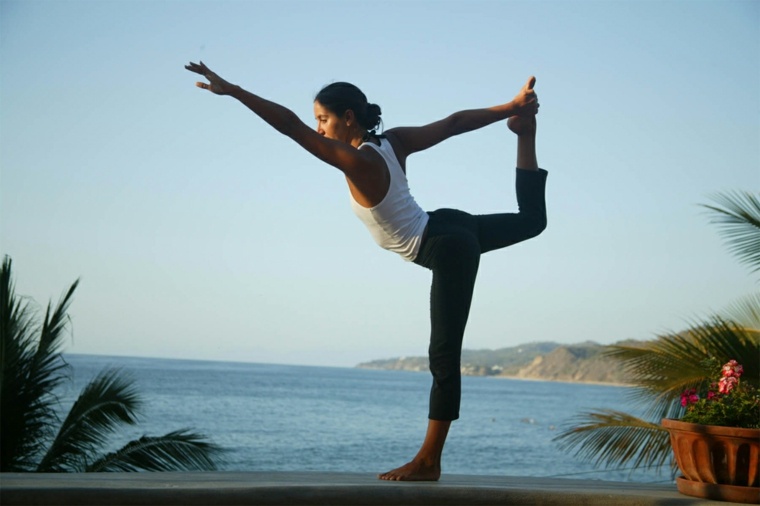
Furthermore, yoga is also beneficial for mental and emotional well-being. It helps reduce stress, improve concentration, and promote a sense of inner peace and balance.
Are you looking to lose weight? Do you suffer from insomnia or stress? Are you seeking better control over your emotions, anxiety, and depression? If so, then yoga might be the perfect solution for you! These are just a few of the many reasons why people choose to start practicing yoga.
Now, let’s dive into the incredible benefits that yoga can bring to your life. First and foremost, it helps improve your overall health and gives you better control over your emotions and mood. It strengthens your physical, mental, and spiritual well-being, truly nourishing all aspects of your being.
But that’s not all! Yoga also provides benefits for your immune and nervous systems. The diverse and challenging poses help improve flexibility and fill your body with vitality. It promotes blood circulation, keeping your cardiovascular system healthy and free from risks.
And let’s not forget about the importance of breathing in yoga. By incorporating proper breathing techniques into your practice, you can enhance your respiratory system’s function and activity. Plus, yoga is a fantastic tool for combating stress, depression, and anxiety, which can greatly impact your self-esteem. With yoga, you’ll start feeling better in no time!
Now, let’s talk about the results you can expect from your yoga practice. There are four key elements to focus on: rhythm, flexibility, breathing, and the actual results. These elements are closely related to the benefits that yoga brings. The rhythm of your sessions, for example, stimulates your cardiovascular system’s activity.
Flexibility, on the other hand, works wonders for your tendons, muscles, bones, and even your spine. Unlike other sports that put your muscles under tension, yoga relaxes these areas, promoting flexibility throughout your body.
Breathing plays a crucial role in achieving the full benefits of yoga. Deep and rhythmic breathing helps balance your exercises and enhances concentration. Remember, the ultimate goal of yoga is personal growth on all three levels: physical, mental, and spiritual.
Now, let’s address a common misconception about yoga. Many people, especially older individuals, believe that yoga is not suitable for them. However, one of the great things about yoga is that it can be practiced by anyone, regardless of age or physical condition. Additionally, most challenging poses have easier variations, making it accessible to everyone.
Whether you’re a child, an adult, or even pregnant, yoga knows no boundaries. It’s not a competition; it’s about personal growth and self-improvement. So, don’t hesitate to give it a try and experience the incredible benefits of yoga for yourself.
Remember, yoga is not just a physical exercise; it’s a holistic practice that nurtures your mind, body, and soul. So, why wait? Start your yoga journey today and unlock a world of wellness and self-discovery.Exemptions regarding the people who can practice it.

On the other hand, don’t forget that you don’t have to leave your house to practice yoga. If you want a professional trainer, you can sign up for classes that offer it, but it’s not mandatory. You can find many video materials and tutorials online that will help you practice it and even try it out if you’re not sure if you’ll like it.
Yoga practiced at home
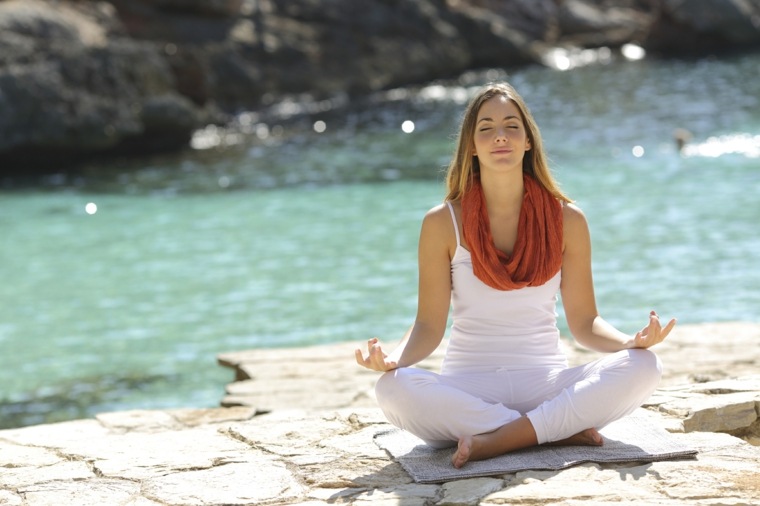
Surely, all of you know or assume the advantages of practicing yoga at home and there’s no need to list them. However, if you plan to do it systematically, it would be good to consider two important requirements related to home yoga.
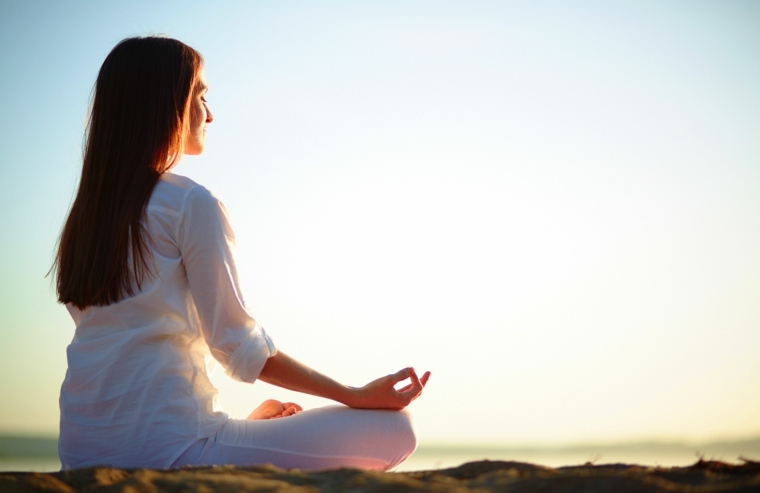
The first one is for beginners. The truth is, as I mentioned at the beginning, it would be good to attend a few yoga classes to get a clear idea of the principles and foundations. Once you have a clear understanding of this discipline, you can start practicing it at home.
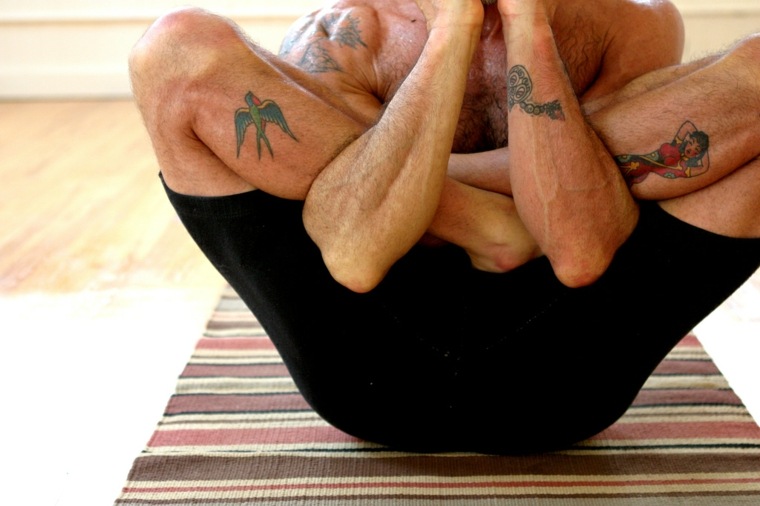
And the second requirement you shouldn’t forget is that you need to have a space in your house that offers enough room to comfortably practice all the poses. At the same time, this place should be well-ventilated, as it will facilitate your breathing and stimulate your concentration.

This is the most important information you need to know about this discipline before starting to practice it. I hope this article has been useful and interesting for you.
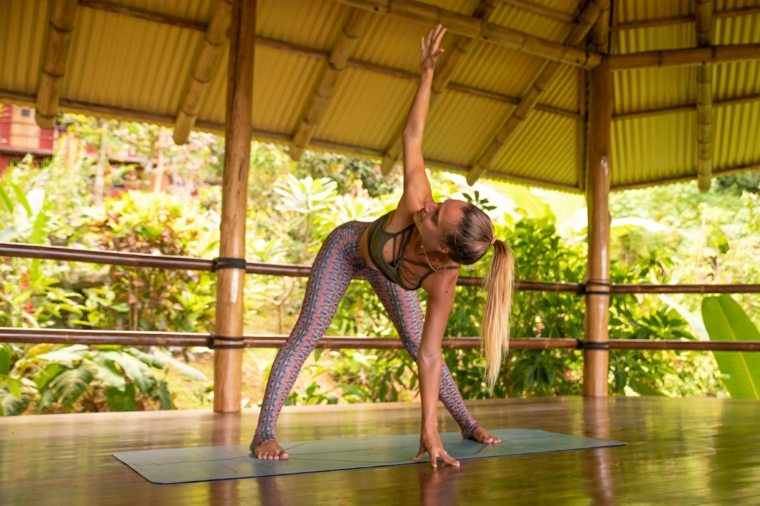





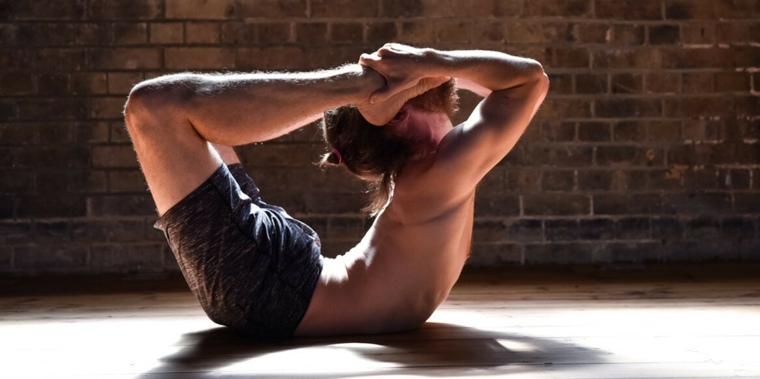

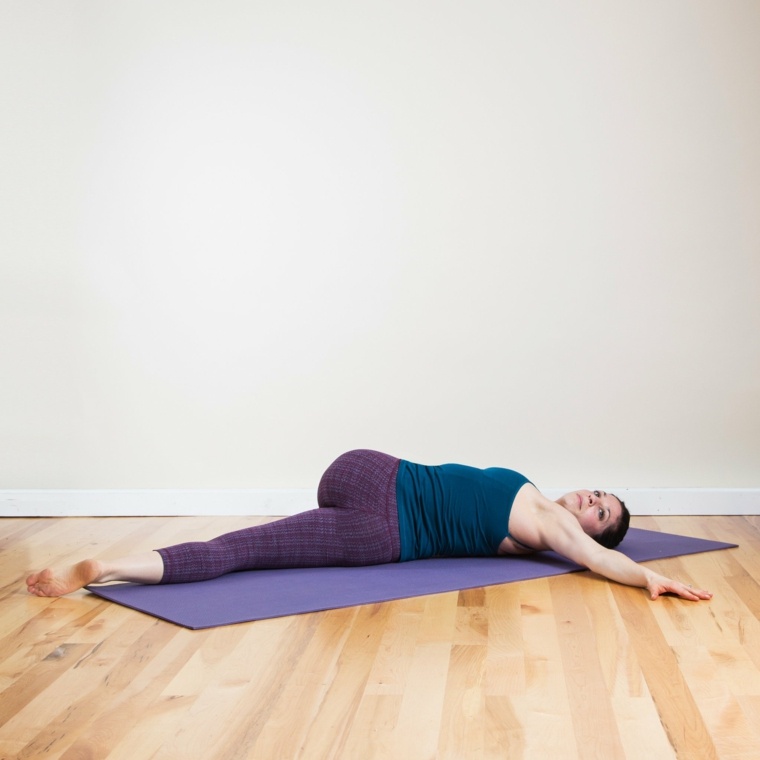
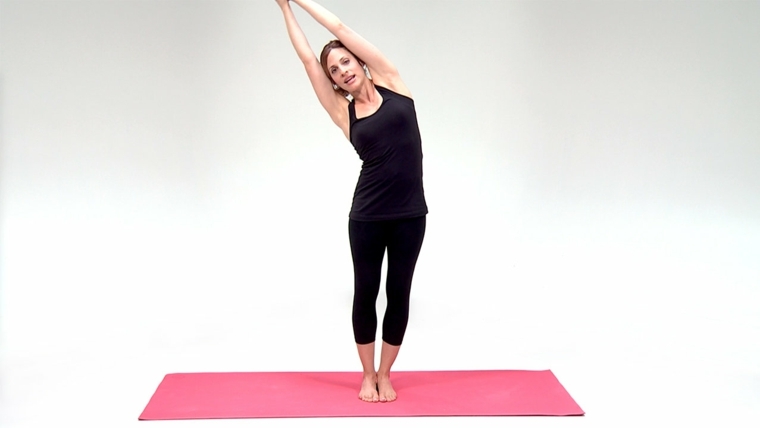

rnrn


